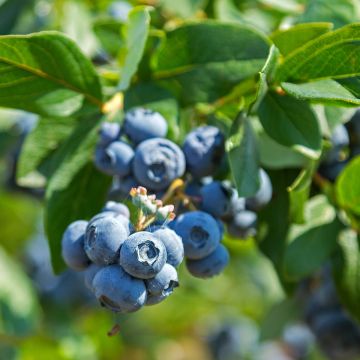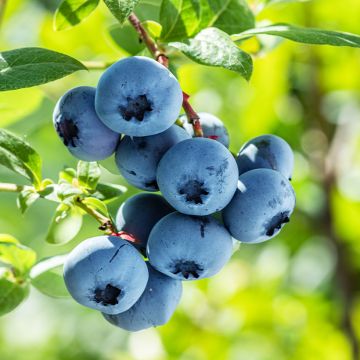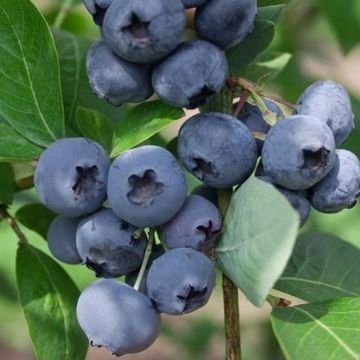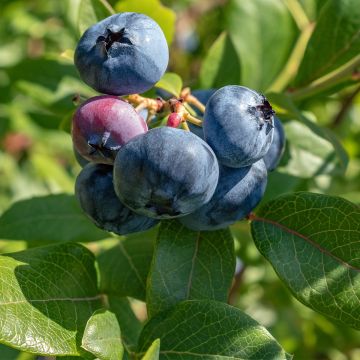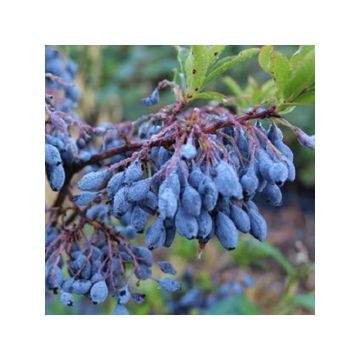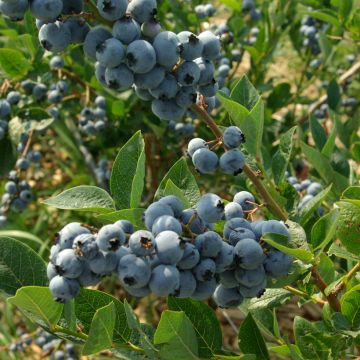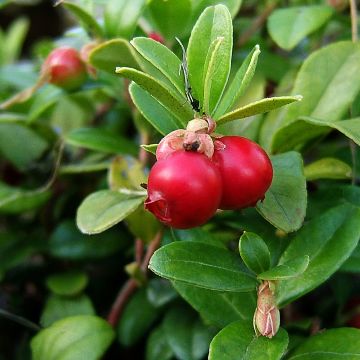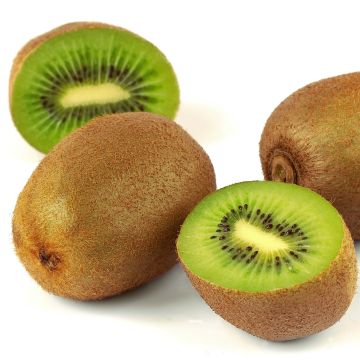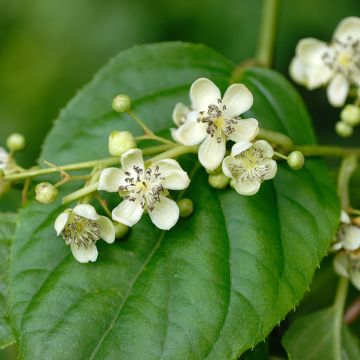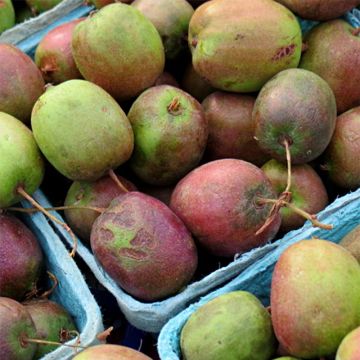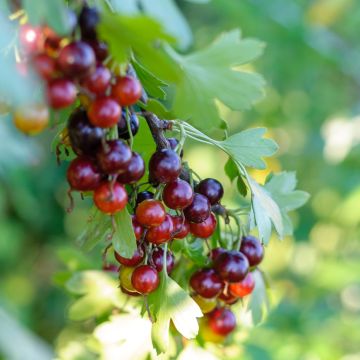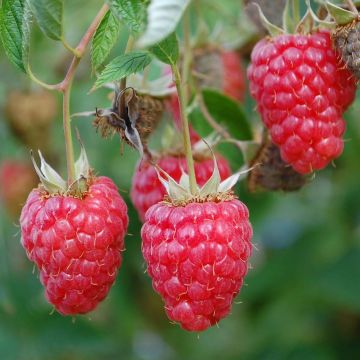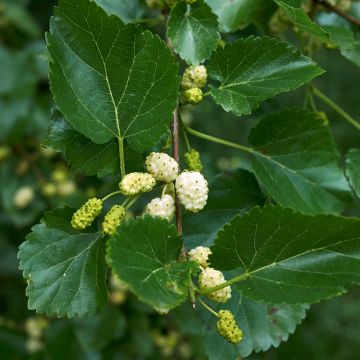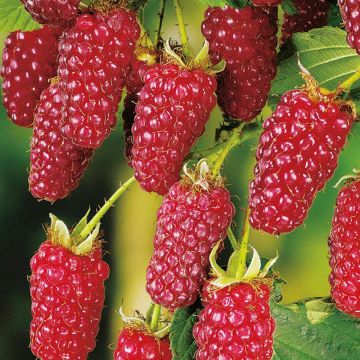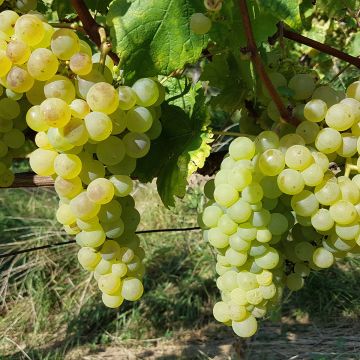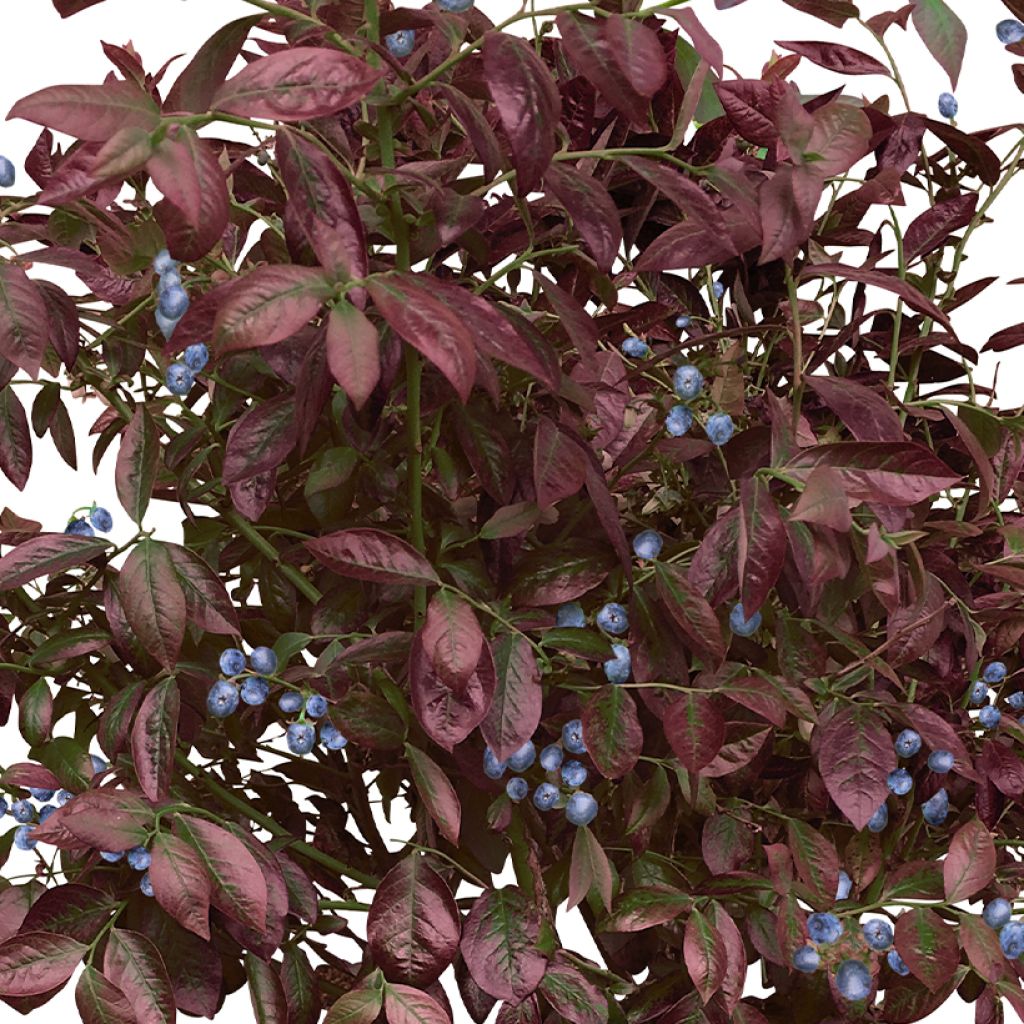

Myrtillier Cabernet Splash
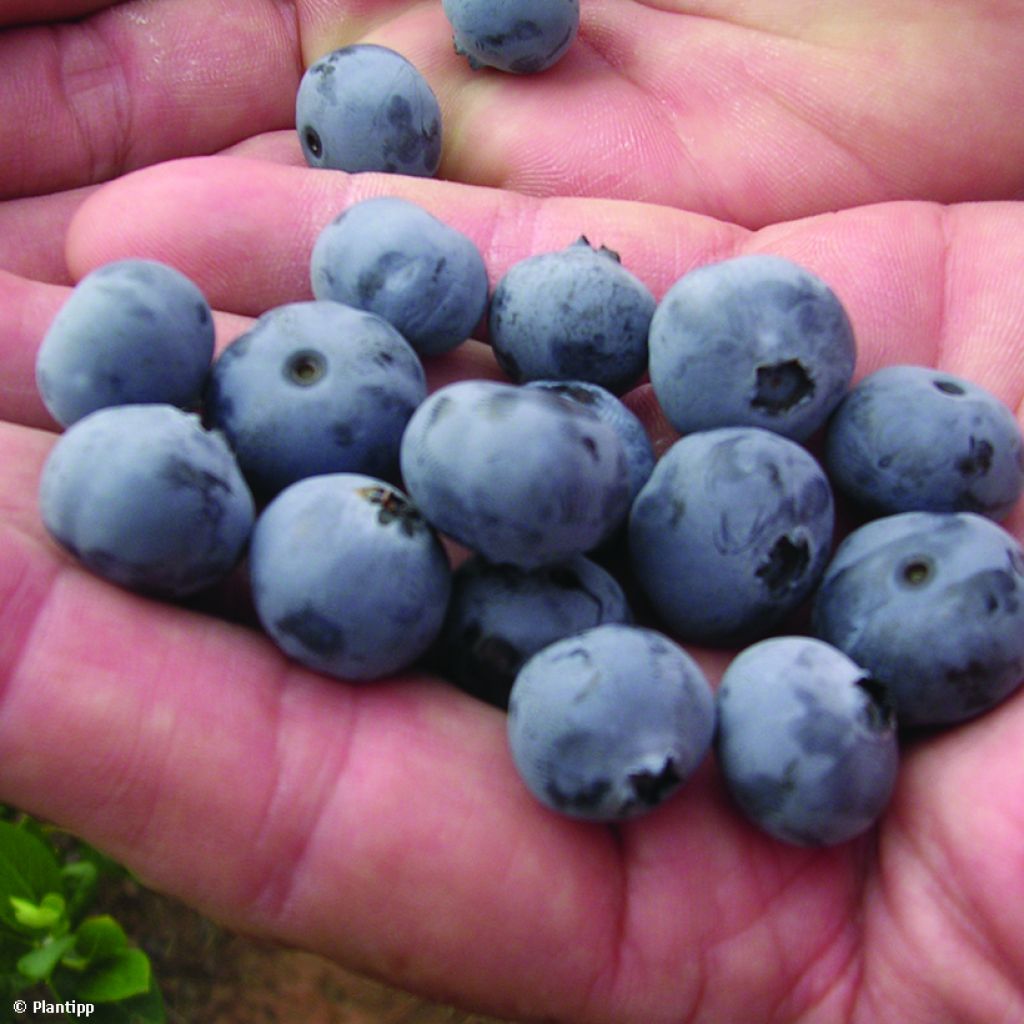

Myrtillier Cabernet Splash
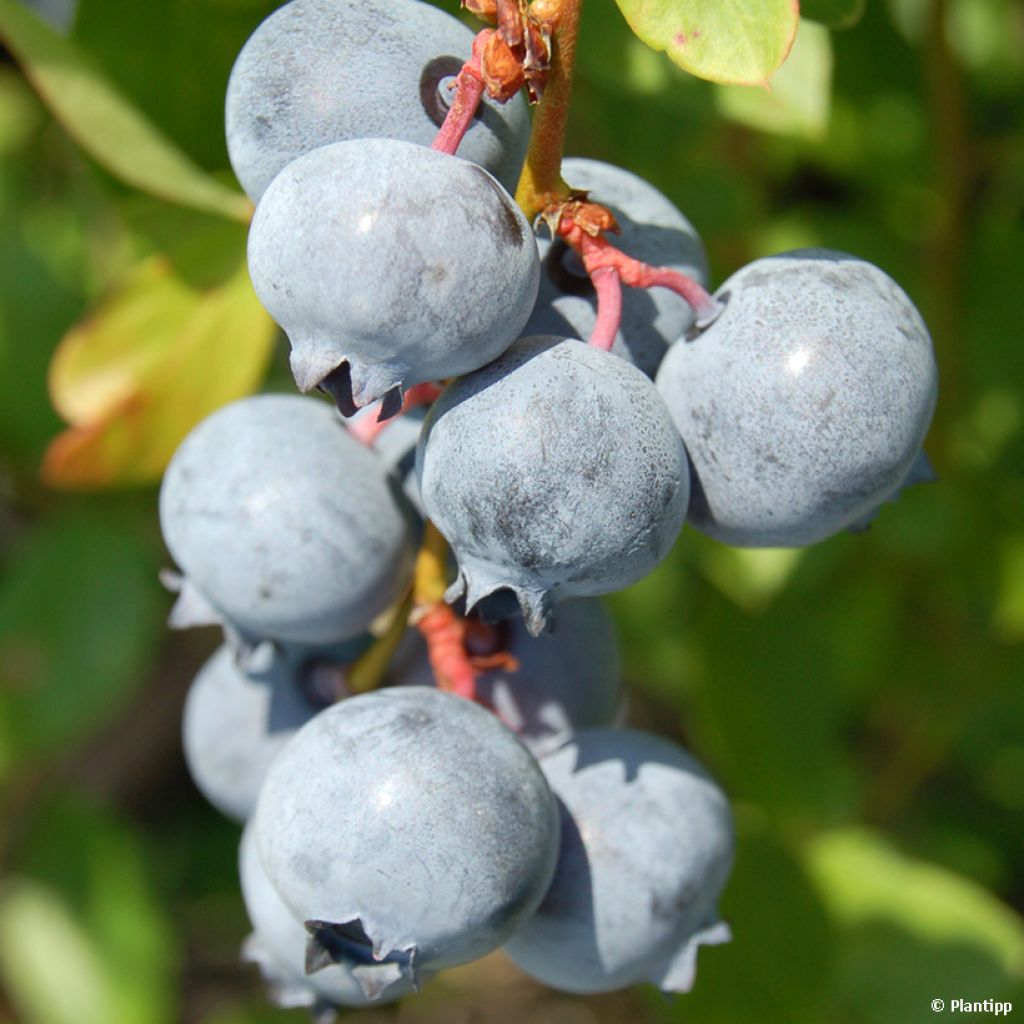

Myrtillier Cabernet Splash
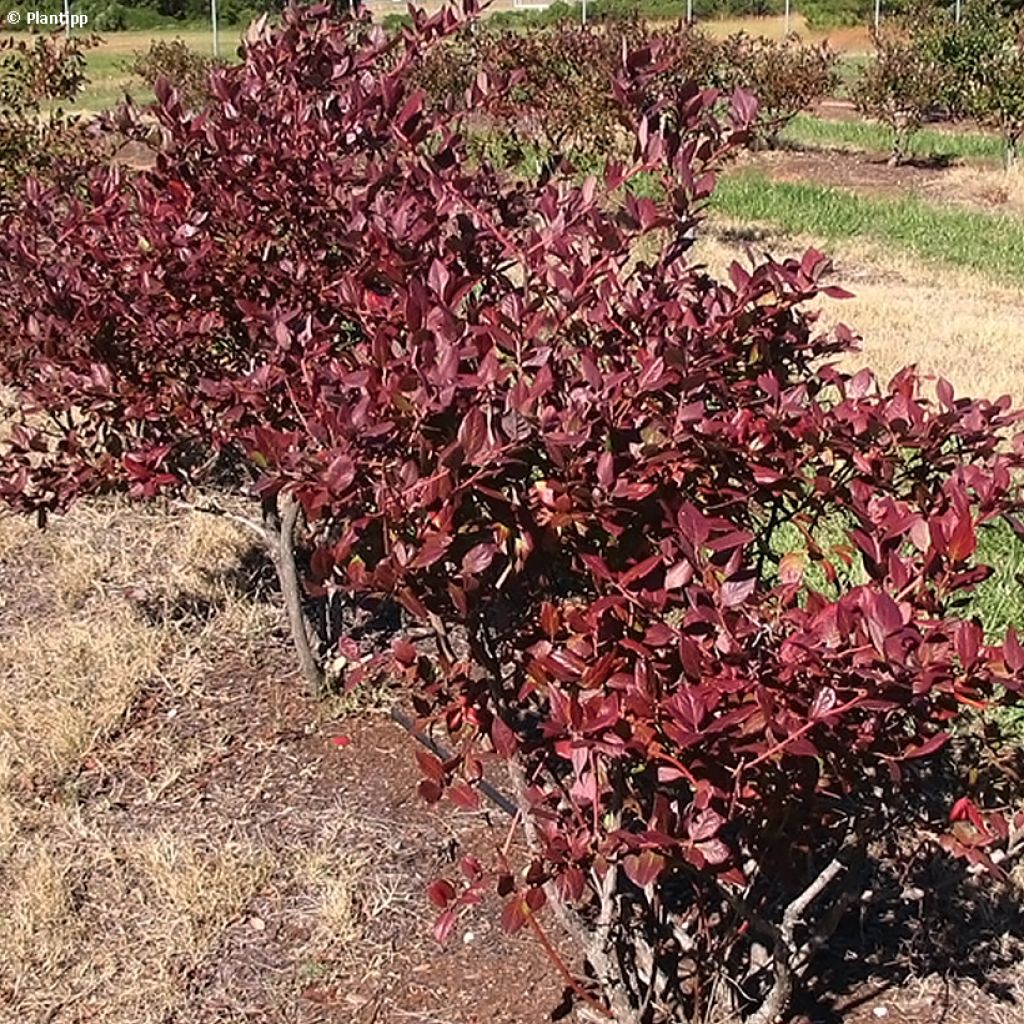

Myrtillier Cabernet Splash
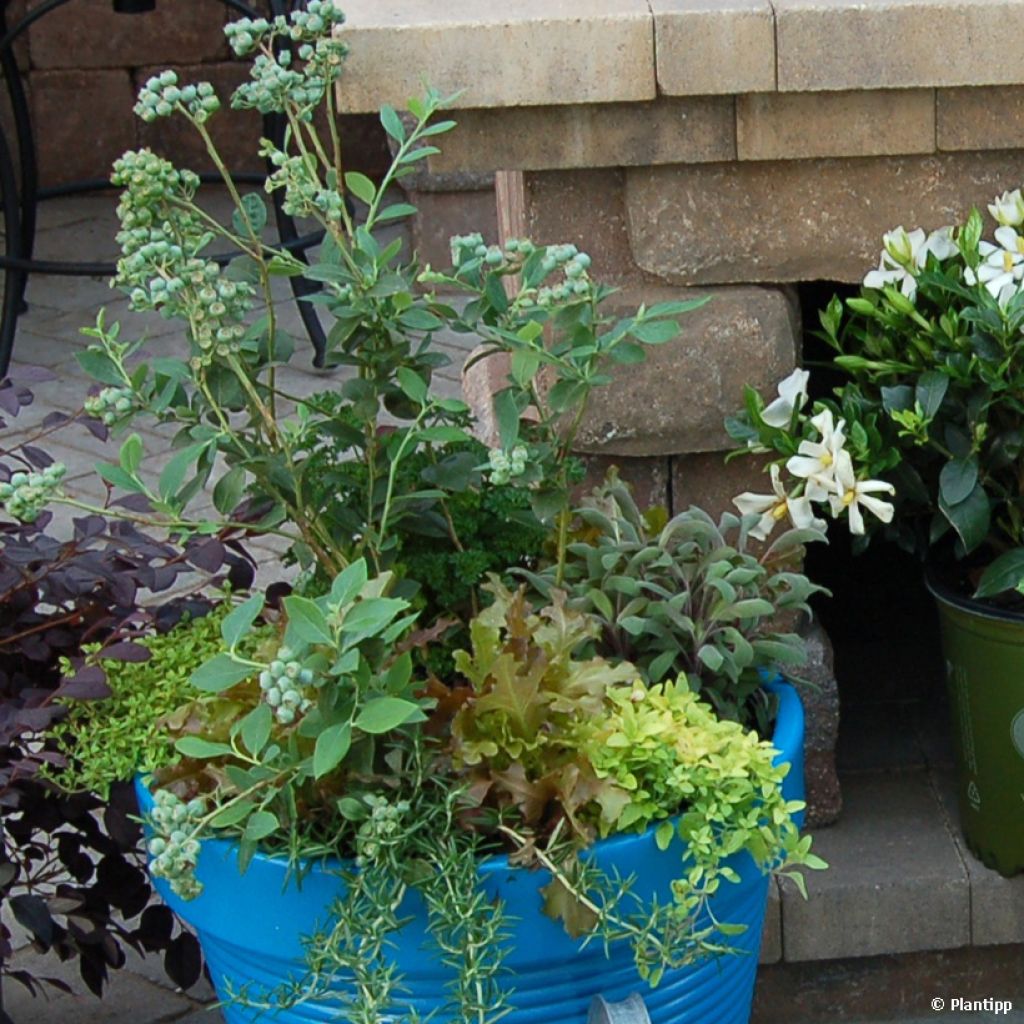

Myrtillier Cabernet Splash
Vaccinium corymbosum Cabernet Splash- American Blueberry
Vaccinium corymbosum Cabernet Splash 'VacBri1'
American Blueberry, Highbush Blueberry
Goods in very good condition
Mirmouton, 19/02/2024
This item cannot be shipped to the selected country
Delivery charge from €5.90
Delivery to Corse prohibited
More information
Schedule delivery date,
and select date in basket
This plant carries a 6 months recovery warranty
More information
We guarantee the quality of our plants for a full growing cycle, and will replace at our expense any plant that fails to recover under normal climatic and planting conditions.
From €5.90 for pickup delivery and €6.90 for home delivery
Express home delivery from €8.90.
Delivery to Corse prohibited: UE law prohibits the import of this plant from mainland France to Corse as part of the fight against Xylella fastidiosa. Please accept our sincere apologies.
More information
Description
The Cabernet Splash Blueberry is a semi-dwarf and partially self-fertile American variety that offers good productivity. It is also a highly decorative plant that can compete with ornamental species. Its juicy and sweet small blue fruits are harvested in summer, starting in July. Its foliage is surprising with its successive colour changes during the season, going from purple in spring to green in summer, and displaying autumnal red hues. The cultivated Blueberry is a hardy bush that thrives in partial shade or non-scorching sun, and requires an acidic and moist soil, free of limestone. This compact variety can also be easily grown in containers.
The Blueberry belongs to the Ericaceae family, mainly known in gardens for its numerous ornamental genera. In addition to the well-known Rhododendrons and Heathers, there are also edible fruit-bearing Ericaceae, primarily the Strawberry Trees and the genus Vaccinium, which includes blueberries, cranberries, and lingonberries. Vaccinium corymbosum, native to North America, is the Blueberry that is cultivated in gardens for its abundant and high-quality fruit production. It is a very hardy bush with deciduous foliage that falls in autumn. It grows in highly acidic (limestone-free), peaty and humiferous soil, in a partially shaded exposure, such as morning sun.
Cabernet Splash is an American horticultural variety developed by Lynne Caton, a variety selection specialist at Briggs Nursery in Washington State (northwestern United States, near the Canadian border). It is a mutation of the 'Toro' variety that was used to obtain a new variety. This unique Blueberry is both an ornamental plant and a small fruit tree. It produces small blueberries that are ready to harvest in July-August, with soft flesh that is juicy and sweet. Blueberries are low in calories but highly nutritious, containing high levels of vitamins A, B, and C, as well as calcium and iron. They can be consumed fresh, as juice, jam, jelly, sorbet, or in pastries (pies, muffins, etc.). Blueberries can be stored for about ten days after harvesting and can be frozen for longer preservation. As Cabernet Splash is partially self-fertile, you can obtain a harvest if you plant it alone, but it will be better if you plant another variety nearby to promote cross-pollination.
This moderately sized bush reaches about 1 metre (3 feet) in all directions. Its compact dimensions make it easy to grow in containers on a terrace or in areas with limestone soil where it would not be able to thrive. This compact bush produces numerous small decorative white flowers in April-May, with bell-shaped petals that are characteristic of Ericaceae due to their fused petals. In Cabernet Splash, it is the foliage that stands out with its changing colours throughout the months. The small elliptical leaves, with pointed tips, emerge in spring with a dark purple colour, giving it its name (cabernet colour). Then, they take on reddish hues before turning green in summer, each at their own pace, creating a very aesthetic multicoloured appearance. Finally, in autumn, the foliage takes on rich red hues before the leaves fall. Hardy down to approximately -30°C (-22°F), this small bush only grows in cool and acidic soil. It is not suitable for hot regions such as the Mediterranean.
The Cabernet Splash Blueberry is perfect for small gardens, as it allows you to have both fruit production and an ornamental plant. It is also well-suited for container gardening on a terrace, alongside other decorative or even aromatic and culinary plants. You can create a mini-orchard by combining it with dwarf fruit trees, such as the Garden Pearl Dwarf Pear Tree, a self-fertile variety that produces round fruits with soft and sweet flesh. Similarly, the Garden Bing Dwarf Cherry Tree, also self-fertile, will delight you with its bright red, firm, and sweet fruits in June and July.
Report an error about the product description
Vaccinium corymbosum Cabernet Splash- American Blueberry in pictures
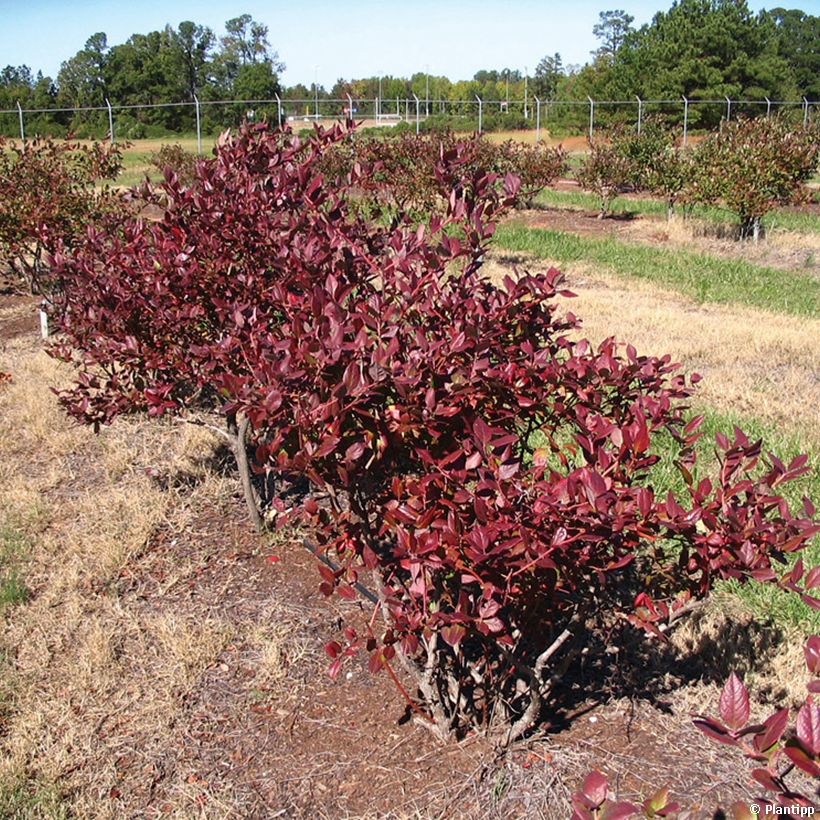

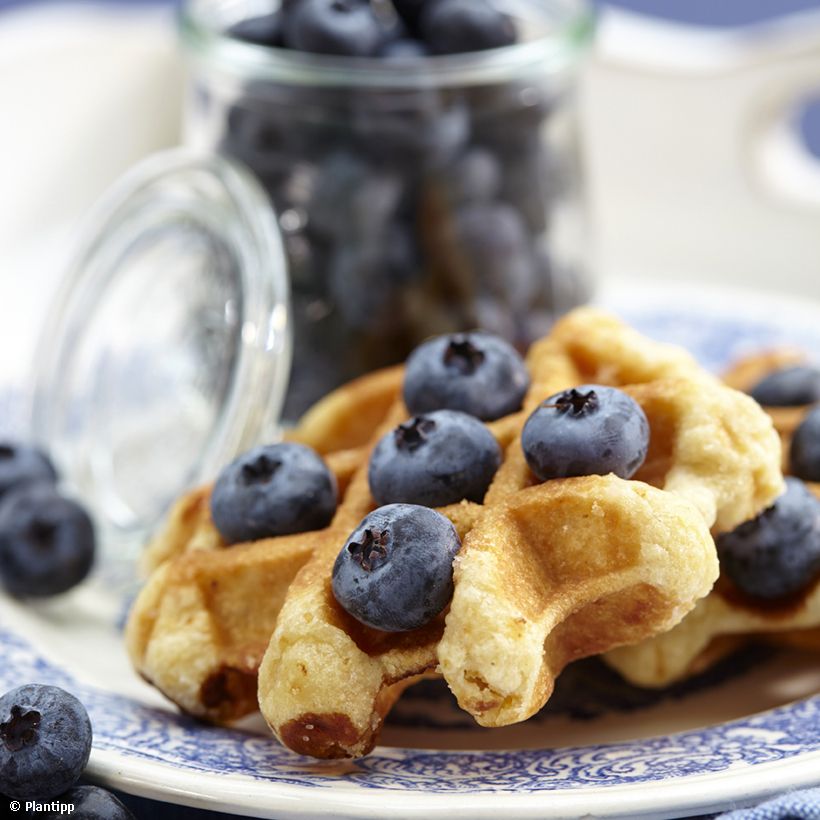

Plant habit
Fruit
Flowering
Foliage
Botanical data
Vaccinium
corymbosum
Cabernet Splash 'VacBri1'
Ericaceae
American Blueberry, Highbush Blueberry
Cultivar or hybrid
Other Blueberry bush
Planting and care
Planting the Blueberry Bush is ideally done in autumn or throughout the year, excluding freezing periods. This bush is planted in full sun in cooler northern regions in partial shade in milder areas, knowing that it is not suitable for hot climates in the south. If you plant multiple plants, space them 1.20m (4ft) apart in all directions. The Cabernet Splash Blueberry Bush is extremely hardy (-30°C (-22°F) for the plant but -5°C (23°F) for the flowers) and has a particularly long lifespan.
Plant it in an acidic soil (pH between 4 and 5.5), incorporating pure ericaceous soil or a mixture of regular soil and peat, well-decomposed bark compost. The collar should be level with the ground. Firmly press down and water generously. In alkaline soil, dig a hole 50 to 60 cm (20 to 24in) deep, line the edges with garden felt, place a layer of non-chalky gravel 10cm (4in) thick at the bottom, then fill with a mixture of ericaceous soil.
The soil should remain moist but not waterlogged: the plant tolerates moderate drought and hates stagnant moisture. If watering is necessary, use non-chalky and non-chlorinated water (e.g. rainwater). Lime inevitably causes the yellowing of the leaves around the veins, which remain green. Eventually, the bush wilts. Mulch the base with shredded bark, straw, or fern leaves. It is sometimes useful to place a protective net if birds become too greedy during harvest. In spring, annually apply a little well-rotted compost on the surface. The Blueberry Bush is not very susceptible to diseases and pests.
Planting period
Intended location
Care
-
, onOrder confirmed
Reply from on Promesse de fleurs
Berries
Haven't found what you were looking for?
Hardiness is the lowest winter temperature a plant can endure without suffering serious damage or even dying. However, hardiness is affected by location (a sheltered area, such as a patio), protection (winter cover) and soil type (hardiness is improved by well-drained soil).

Photo Sharing Terms & Conditions
In order to encourage gardeners to interact and share their experiences, Promesse de fleurs offers various media enabling content to be uploaded onto its Site - in particular via the ‘Photo sharing’ module.
The User agrees to refrain from:
- Posting any content that is illegal, prejudicial, insulting, racist, inciteful to hatred, revisionist, contrary to public decency, that infringes on privacy or on the privacy rights of third parties, in particular the publicity rights of persons and goods, intellectual property rights, or the right to privacy.
- Submitting content on behalf of a third party;
- Impersonate the identity of a third party and/or publish any personal information about a third party;
In general, the User undertakes to refrain from any unethical behaviour.
All Content (in particular text, comments, files, images, photos, videos, creative works, etc.), which may be subject to property or intellectual property rights, image or other private rights, shall remain the property of the User, subject to the limited rights granted by the terms of the licence granted by Promesse de fleurs as stated below. Users are at liberty to publish or not to publish such Content on the Site, notably via the ‘Photo Sharing’ facility, and accept that this Content shall be made public and freely accessible, notably on the Internet.
Users further acknowledge, undertake to have ,and guarantee that they hold all necessary rights and permissions to publish such material on the Site, in particular with regard to the legislation in force pertaining to any privacy, property, intellectual property, image, or contractual rights, or rights of any other nature. By publishing such Content on the Site, Users acknowledge accepting full liability as publishers of the Content within the meaning of the law, and grant Promesse de fleurs, free of charge, an inclusive, worldwide licence for the said Content for the entire duration of its publication, including all reproduction, representation, up/downloading, displaying, performing, transmission, and storage rights.
Users also grant permission for their name to be linked to the Content and accept that this link may not always be made available.
By engaging in posting material, Users consent to their Content becoming automatically accessible on the Internet, in particular on other sites and/or blogs and/or web pages of the Promesse de fleurs site, including in particular social pages and the Promesse de fleurs catalogue.
Users may secure the removal of entrusted content free of charge by issuing a simple request via our contact form.
The flowering period indicated on our website applies to countries and regions located in USDA zone 8 (France, the United Kingdom, Ireland, the Netherlands, etc.)
It will vary according to where you live:
- In zones 9 to 10 (Italy, Spain, Greece, etc.), flowering will occur about 2 to 4 weeks earlier.
- In zones 6 to 7 (Germany, Poland, Slovenia, and lower mountainous regions), flowering will be delayed by 2 to 3 weeks.
- In zone 5 (Central Europe, Scandinavia), blooming will be delayed by 3 to 5 weeks.
In temperate climates, pruning of spring-flowering shrubs (forsythia, spireas, etc.) should be done just after flowering.
Pruning of summer-flowering shrubs (Indian Lilac, Perovskia, etc.) can be done in winter or spring.
In cold regions as well as with frost-sensitive plants, avoid pruning too early when severe frosts may still occur.
The planting period indicated on our website applies to countries and regions located in USDA zone 8 (France, United Kingdom, Ireland, Netherlands).
It will vary according to where you live:
- In Mediterranean zones (Marseille, Madrid, Milan, etc.), autumn and winter are the best planting periods.
- In continental zones (Strasbourg, Munich, Vienna, etc.), delay planting by 2 to 3 weeks in spring and bring it forward by 2 to 4 weeks in autumn.
- In mountainous regions (the Alps, Pyrenees, Carpathians, etc.), it is best to plant in late spring (May-June) or late summer (August-September).
The harvesting period indicated on our website applies to countries and regions in USDA zone 8 (France, England, Ireland, the Netherlands).
In colder areas (Scandinavia, Poland, Austria...) fruit and vegetable harvests are likely to be delayed by 3-4 weeks.
In warmer areas (Italy, Spain, Greece, etc.), harvesting will probably take place earlier, depending on weather conditions.
The sowing periods indicated on our website apply to countries and regions within USDA Zone 8 (France, UK, Ireland, Netherlands).
In colder areas (Scandinavia, Poland, Austria...), delay any outdoor sowing by 3-4 weeks, or sow under glass.
In warmer climes (Italy, Spain, Greece, etc.), bring outdoor sowing forward by a few weeks.


































